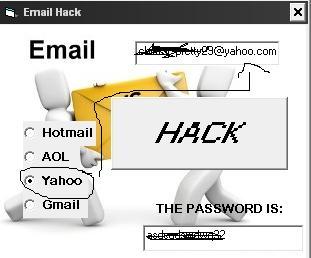RAID or Redundant Array of Inexpensive Disks is a giant leap in the sphere of data storage and data recovery. RAID technology was developed because of the rising costs of high capacity drives in the servers for storing data. Added to it was the fact that the amount of data that needed to be stored was also increasing. In today’s world, where everything is computerized and the servers are getting overloaded, buying more and more high capacity drives is out of the question. The solution to this problem is the incorporation of raid hardware.
As the acronym RAID suggests, raid recovery uses an array of low cost drives to replace singular high capacity drives, mostly for redundancy and protection. This is because a collection of these inexpensive drives has greater capacity than a single costly drive or large capacity storage device and also can recover easily from system hazards like a circuit problem. In cases of a system failure in the server environment, raid recovery can easily be performed without shutting down the system. The success of the data recovery depends on the version of RAID that is used. Over the years, different versions have come on Read More…
Posted in
Business at December 10th, 2015.
No Comments.
There are usually indications that should alert you to the fact that the storage locations for you files may be in a dangerous position. There are sounds that will signify to you that if you do not take the chance to have a proper back up for your documents then you might have to resort to the services of computer data recovery.
The first sign that you should watch out for is the presence of sounds that do not seem normal. These include sounds like clicking and scratching. When you hear these, you need to take appropriate measures to have your documents stored in other locations as well. Usually, you may notice too that the computer may shut itself down unexpectedly. This is an indication that soon, you might lose your hard drive.
 Also, when you suspect that you might have lost some files, or even worse, if you have water damage on your hard drive, read this, and then contact an expert as soon as possible. Resorting to issues like refrigeration may just result in even more complications. Consequently, trying out some recovery methods that have not been proven to work will only make the work of computer data recovery a hard nut to crack. You may make the process even harder by trying to get to the hardware parts of the storage system.
Also, when you suspect that you might have lost some files, or even worse, if you have water damage on your hard drive, read this, and then contact an expert as soon as possible. Resorting to issues like refrigeration may just result in even more complications. Consequently, trying out some recovery methods that have not been proven to work will only make the work of computer data recovery a hard nut to crack. You may make the process even harder by trying to get to the hardware parts of the storage system.
Server data recovery comes as a result of loss of data. Data loss is one of the worst nightmares one can experience especially for the person who uses their computer all the time. In the present world, computers are a very essential part of everybody’s life, from the businessperson Read More…
Posted in
Business,
Money at November 26th, 2015.
No Comments.
 If you’ve outfitted your business about as far as you can on funds scraped together from checking-account float, birthday money, and your MasterCard, it might be time for a loan.
If you’ve outfitted your business about as far as you can on funds scraped together from checking-account float, birthday money, and your MasterCard, it might be time for a loan.
Maybe you’ve already asked your banker how to get a loan, and he or she has suggested that the whole process would be much easier if you put up your house as collateral, call it a home-equity loan, and forget about getting past the killer business-loan committee.
It’s true that business loans, especially for small, home-based businesses, are not easy to come by in this credit-crunch environment. But they’re worth the trouble: The sooner you start building a business credit history, the easier your borrowing will be down the road if and when you need big bucks for a major expansion. For that reason, even a small, more obtainable loan is worth pursuing.
When you start the loan-application process, your banker will probably give you the standard, but valuable, information about how to prepare a business plan. Follow those directions, but realize that it’s the inside tips your banker won’t mention that can win you the edge.
GET A LOAN
Here is a baker’s …
Posted in
Business at October 3rd, 2015.
No Comments.





